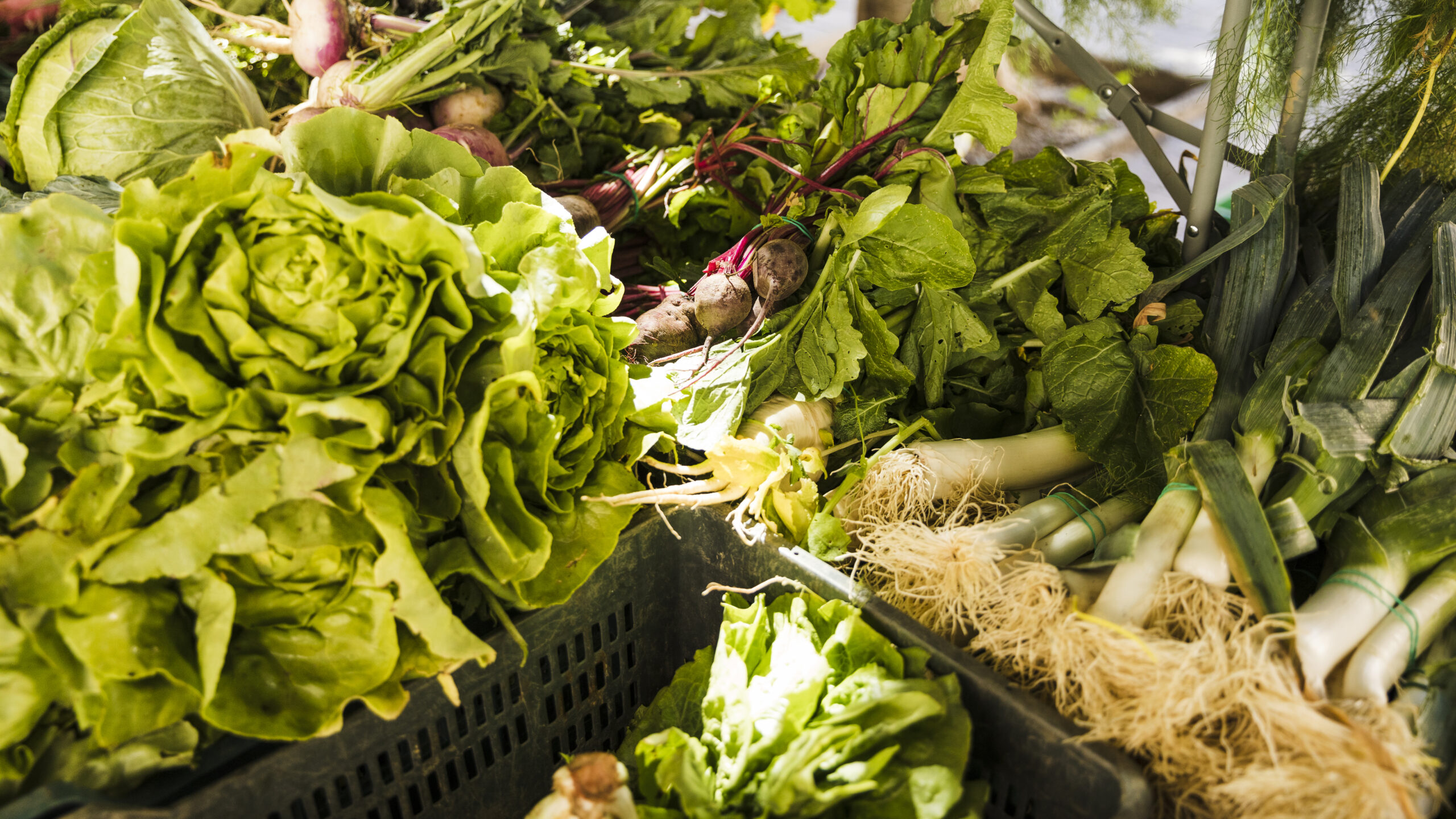
As winter’s frosty embrace settles in, the allure of cultivating a vibrant winter garden beckons. In this guide, we embark on a journey into the world of cold-weather gardening, unveiling the “7 Must-Try Winter Vegetables to Grow Now!” These resilient gems not only withstand the chill but also promise a bounty of flavor and nutrition. Let’s dive into the frost-kissed realm of winter gardening and discover the delights that await.
Table of Contents
Nurturing Nature’s Winter Palette – 7 Must-Try Winter Vegetables to Grow Now!
1. Kale (The Cold-Resistant Green Marvel)
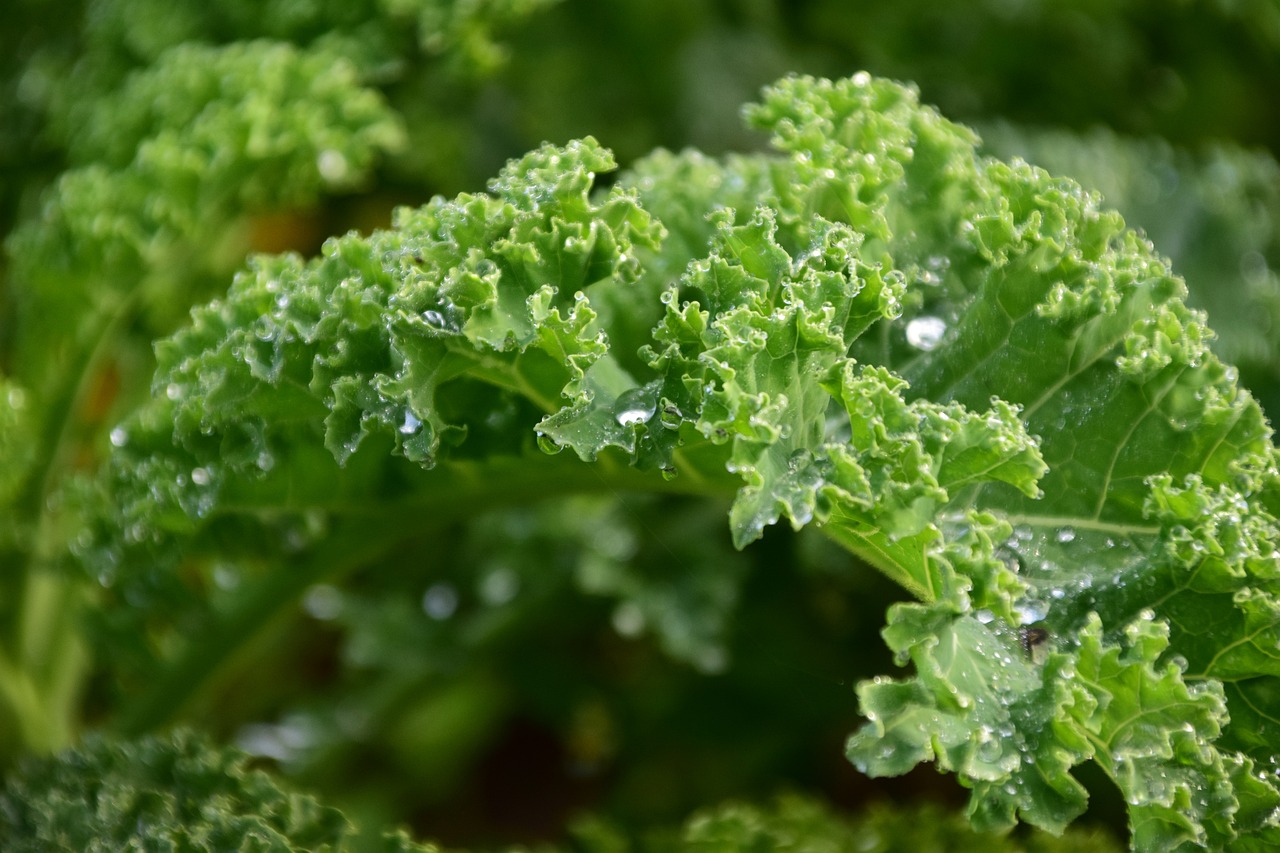
Kale, known as the king of winter greens, is highly resilient to cold temperatures and thrives during winter. Planting it now allows for a consistent harvest of nutrient-packed leaves throughout the winter months. To maximize success, choose cold-resistant varieties, employ protective measures like row covers or mulching, regularly harvest outer leaves for prolonged growth, and consider container gardening for limited spaces. These steps ensure a continuous supply of nutritious kale even in the coldest months.
2. Brussels Sprouts (Tiny Cabbages, Big on Taste)
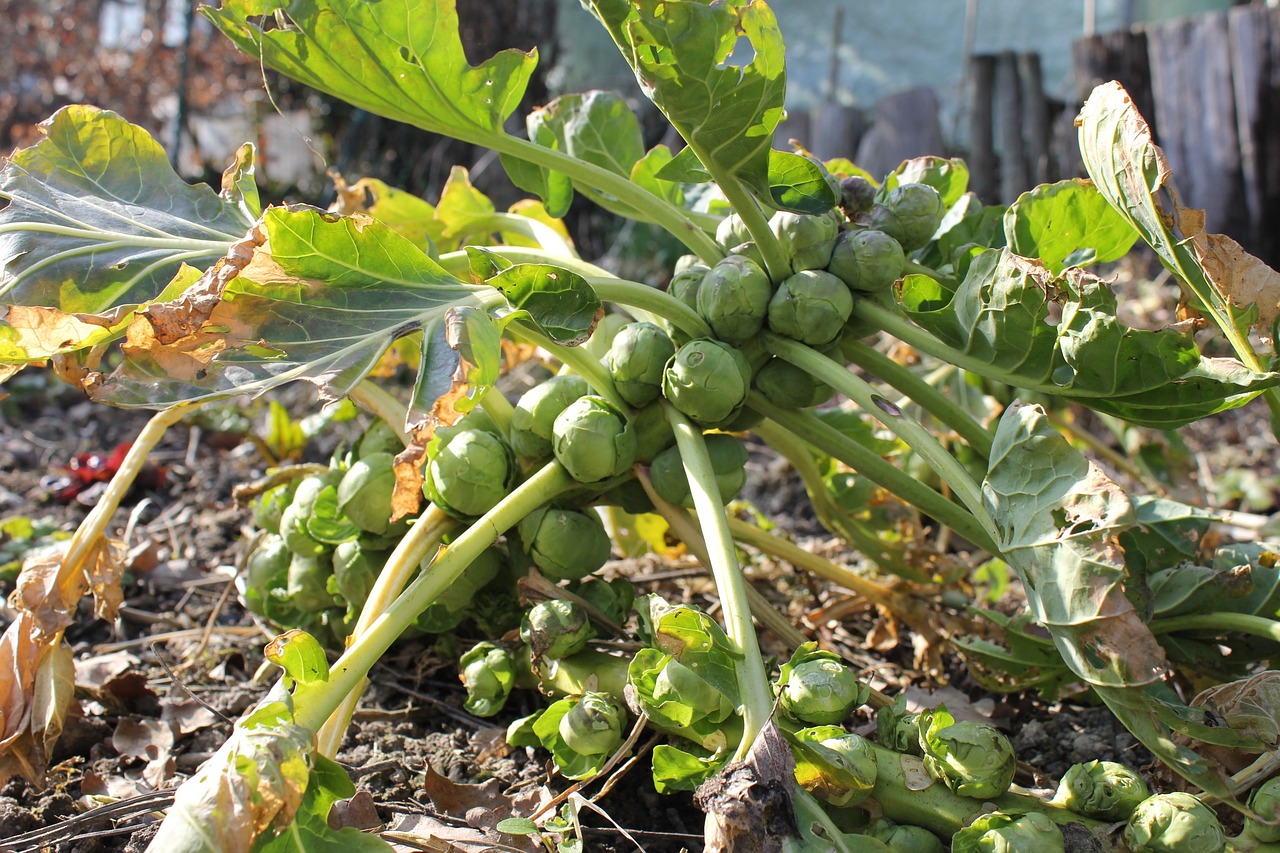
Brussels Sprouts are a delightful addition to the winter garden, resembling mini cabbages. To ensure a flavorful harvest that sweetens with the cold, plant them early in the season. Choose frost-tolerant varieties, provide adequate spacing, and monitor for pests and diseases. Harvest from the bottom of the stalk, allowing the smaller sprouts to continue maturing for an extended harvest period. Cultivating Brussels sprouts adds visual appeal and a flavorful, nutritious component to your winter feasts.
3. Carrots (Rooted in Winter Goodness)
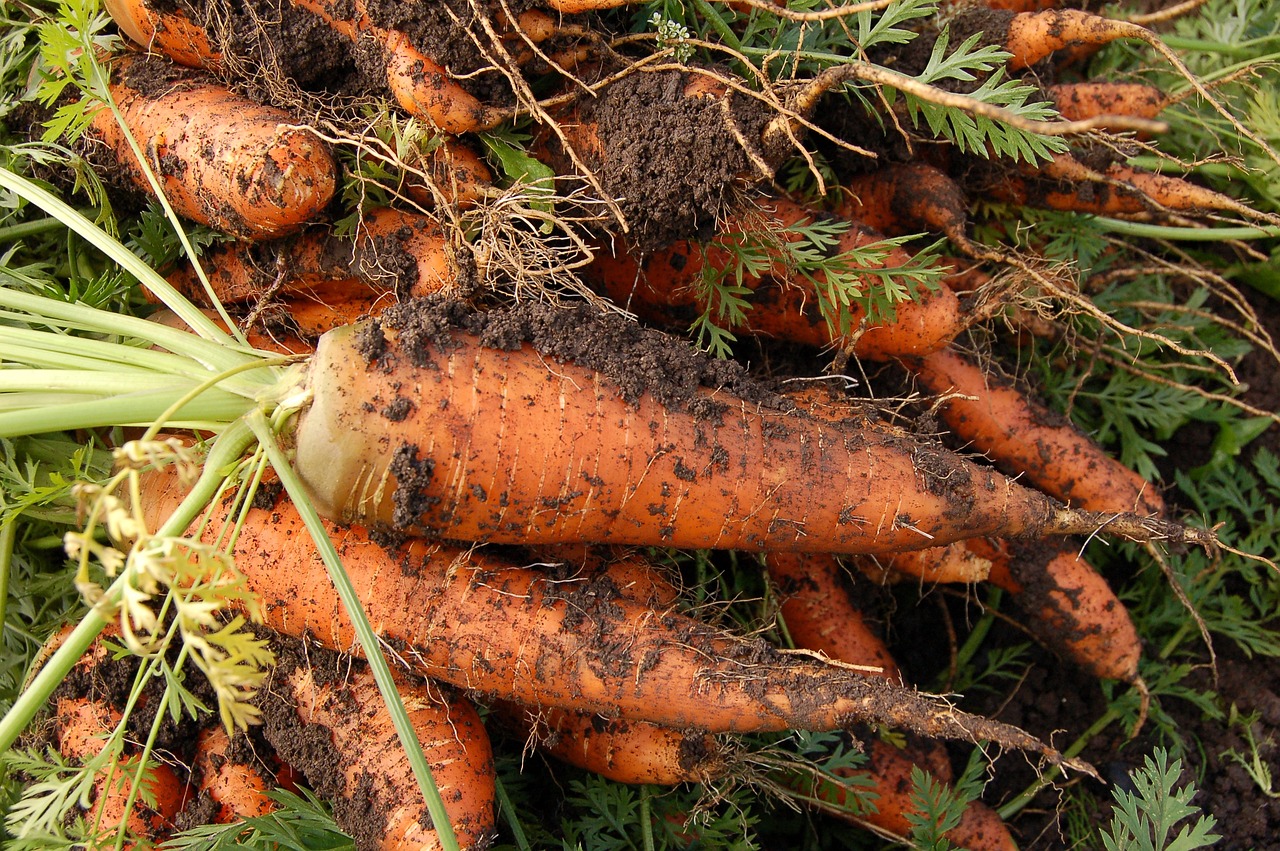
Growing winter carrots is like adding a touch of sweetness and crunchiness to your garden. Plant varieties such as ‘Nantes’ or ‘Chantenay’ in late summer, creating a cozy home for them in well-draining, compost-enriched soil. Picture mulching as a warm blanket and row covers as protectors, ensuring a perfect microclimate. Keep a close eye on your growing carrots, like caring for a new pet, and anticipate the magic of harvesting after the first frost, enhancing their sweetness. Handle them with care, bringing these treasures into your kitchen to star in winter soups and stews, turning each meal into a celebration of your gardening journey.
4. Swiss Chard

Swiss chard is a vibrant and nutritious addition to your winter garden. Known for its colorful stems and hearty leaves, this cold-loving champion offers both visual appeal and culinary versatility. By planting it now, you ensure a continuous harvest throughout the winter, bringing a pop of color and nutritional value to your dishes. Swiss chard’s resilience to cooler temperatures, nutrient-rich leaves, and compatibility with companion planting make it an excellent choice for enhancing both the aesthetics and productivity of your winter garden.
5. Spinach (A Winter Superfood Powerhouse)
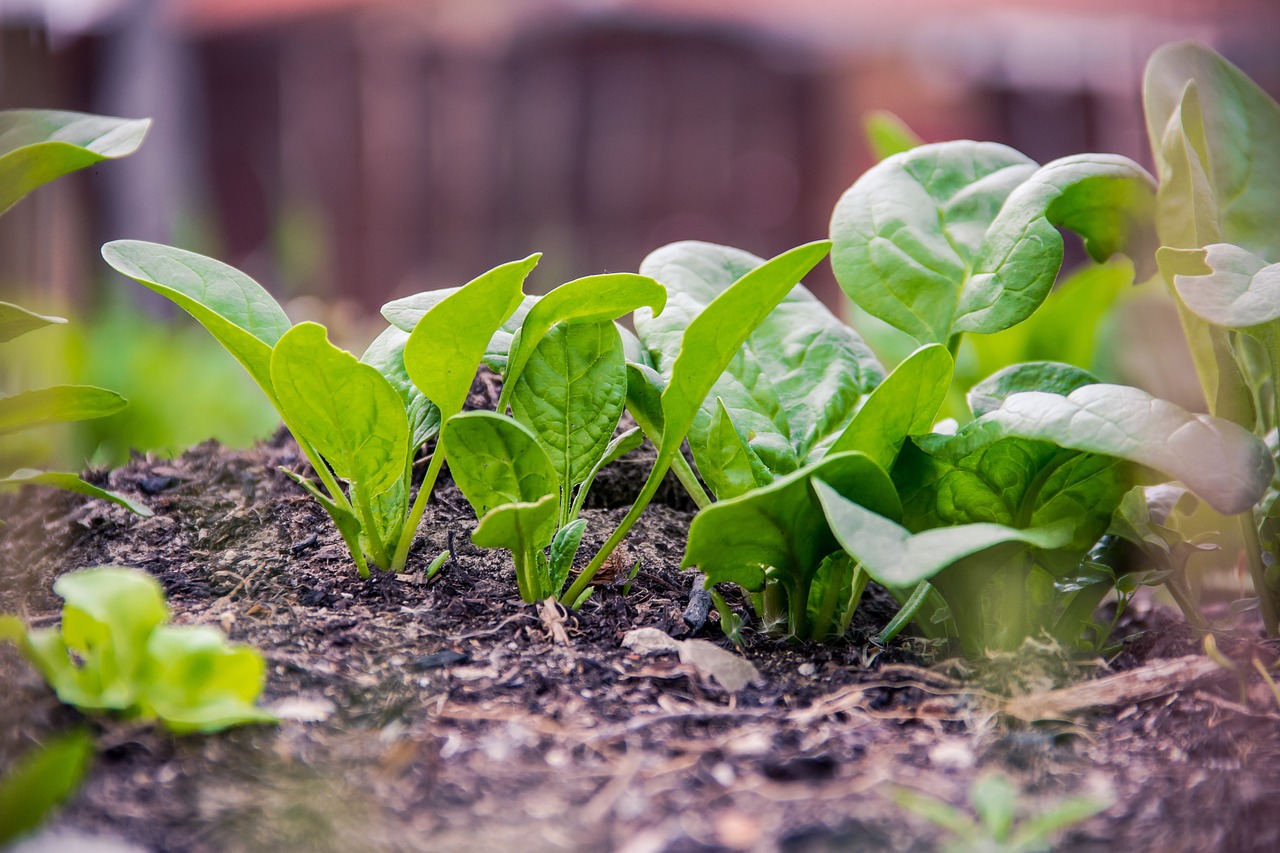
Winter spinach is a cold-weather superhero, thriving in low temperatures. Planting your seeds ahead of time is like securing a winter-long VIP pass to a continuous harvest of crisp, nutrient-packed leaves. By getting your hands in the soil early, you’re not just sowing seeds; you’re cultivating a winter wonderland of freshness that keeps on giving.
Known for its resilience to colder conditions, winter spinach provides versatility in the kitchen, offering a mild and slightly sweet flavor that complements a range of dishes. Its rich nutritional profile makes it a valuable addition to a healthful and well-balanced diet. Whether planted in the garden or in containers for space optimization, winter spinach stands out as a reliable and nutritious choice for winter gardening.
6. Radishes (A Colorful Crunch in Cold Weather)
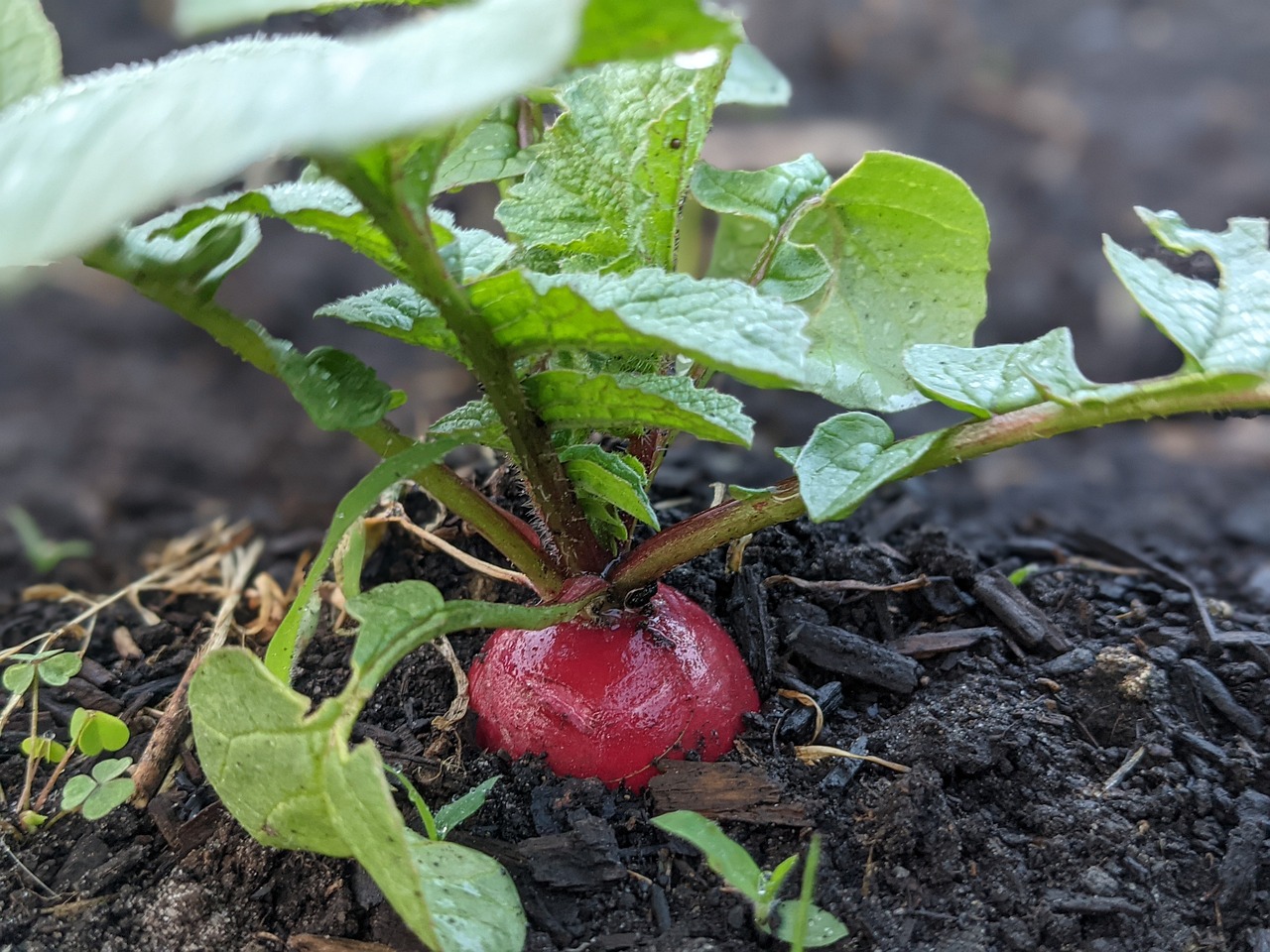
Winter radishes are characterized by their crisp texture and peppery flavor, making them a zesty addition to winter salads. Early planting is essential for optimal growth, allowing them to mature during the colder months. With varieties such as Black Spanish, Watermelon, and Daikon offering a spectrum of colors, these radishes are versatile in culinary applications, from pickling to roasting. Thriving in cooler temperatures, winter radishes are well-suited for winter gardening, providing a reliable harvest even in chilly conditions. Pay attention to soil quality, sunlight, and consistent watering for successful cultivation. Harvest at the right size to preserve their crispness and desired flavor, ensuring a flavorful addition to your winter culinary creations.
7. Lettuce ( Crisp Greens Against the Frosty Backdrop)
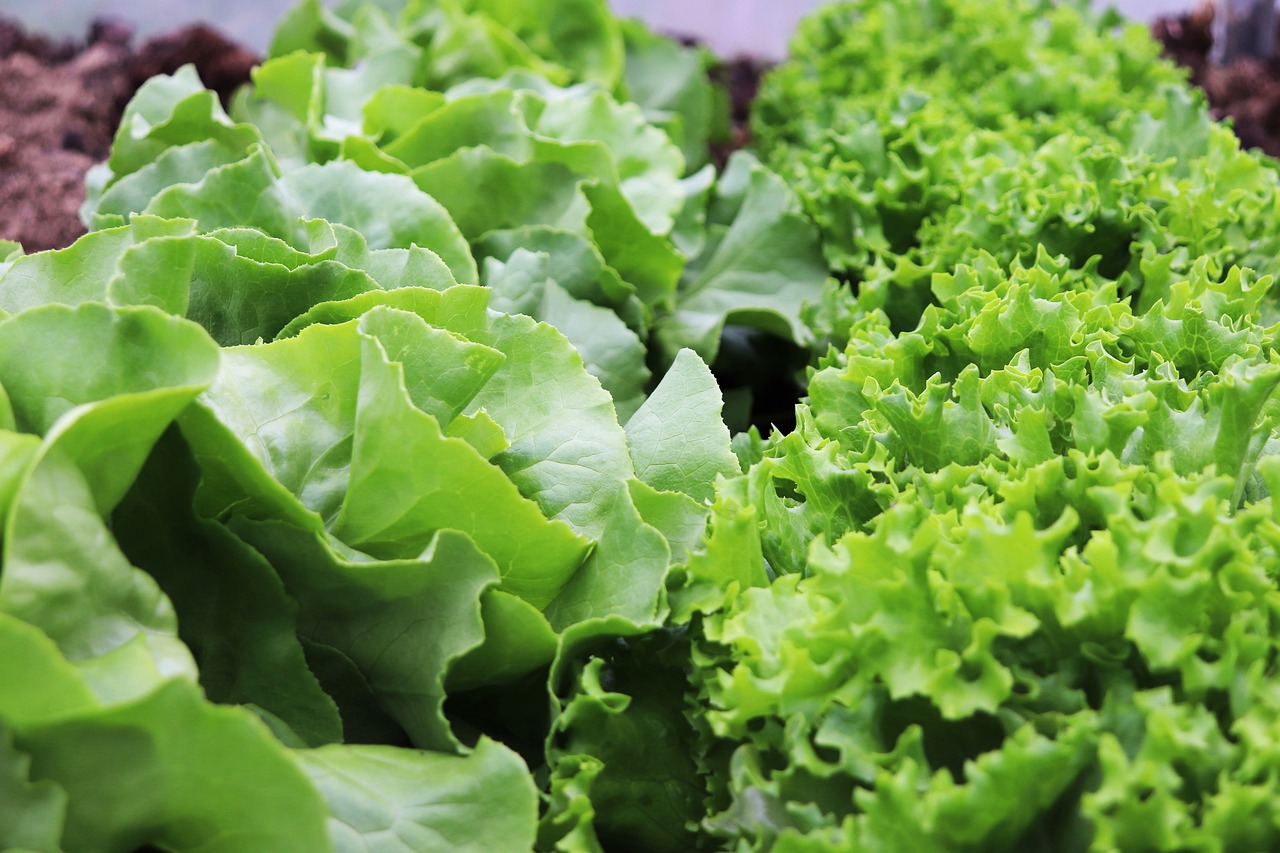
Winter lettuce, featuring varieties like Arctic King and Winter Density, challenges the notion of lettuce as a summer delicacy by thriving in chilly conditions. Embrace the crisp texture and fresh taste of homegrown lettuce, enhancing the flavor of your winter salads and sandwiches. These resilient varieties not only withstand but flourish against the backdrop of winter frost, turning your garden into a vibrant haven of greenery. Beyond the summer months, the presence of winter lettuce extends the pleasure of harvesting and enjoying garden-fresh greens, bringing a delightful and nourishing touch to your winter culinary endeavors.
Tips for a Flourishing Winter Vegetable Garden
Winter gardening requires specific care to ensure a successful harvest. Here are some essential tips to nurture your winter garden.
Choosing Resilient Winter Vegetables
When establishing a winter garden, the key to success lies in selecting vegetables with resilience to frost and cold tolerance. Frost resistance ensures plants can endure freezing temperatures, while overall cold tolerance allows them to thrive in chilly conditions. Opting for vegetables with these qualities extends the growing season, providing a continuous harvest throughout winter. Examples of frost-proof vegetables include kale, Brussels sprouts, spinach, winter radishes, and certain carrot varieties.
Protecting Against Frost
Shield your winter vegetables from harsh frost by covering them with frost cloth or using row covers. This extra layer of protection ensures your crops stay snug and healthy.
Adequate Watering
While winter brings cooler temperatures, it’s crucial to provide sufficient water to your winter vegetables. Water deeply but ensure proper drainage to prevent waterlogging.
Mulching Magic
Apply a layer of organic mulch around your winter vegetables to regulate soil temperature, conserve moisture, and suppress weeds. Mulching is like tucking your plants in for a cozy winter nap.
Conclusion
Venturing into winter gardening opens a realm of possibilities, and the “7 Must-Try Winter Vegetables to Grow Now!” serve as your companions in this frost-kissed journey. From resilient greens to zesty radishes, these vegetables not only withstand winter’s chill but thrive in its embrace. As you tend to your winter garden, have it in mind that the magic lies not only in the harvest but in the nurturing journey through the colder months. So, embrace the winter gardening adventure, and let your garden be a testament to nature’s resilience and the bountiful rewards it offers.
